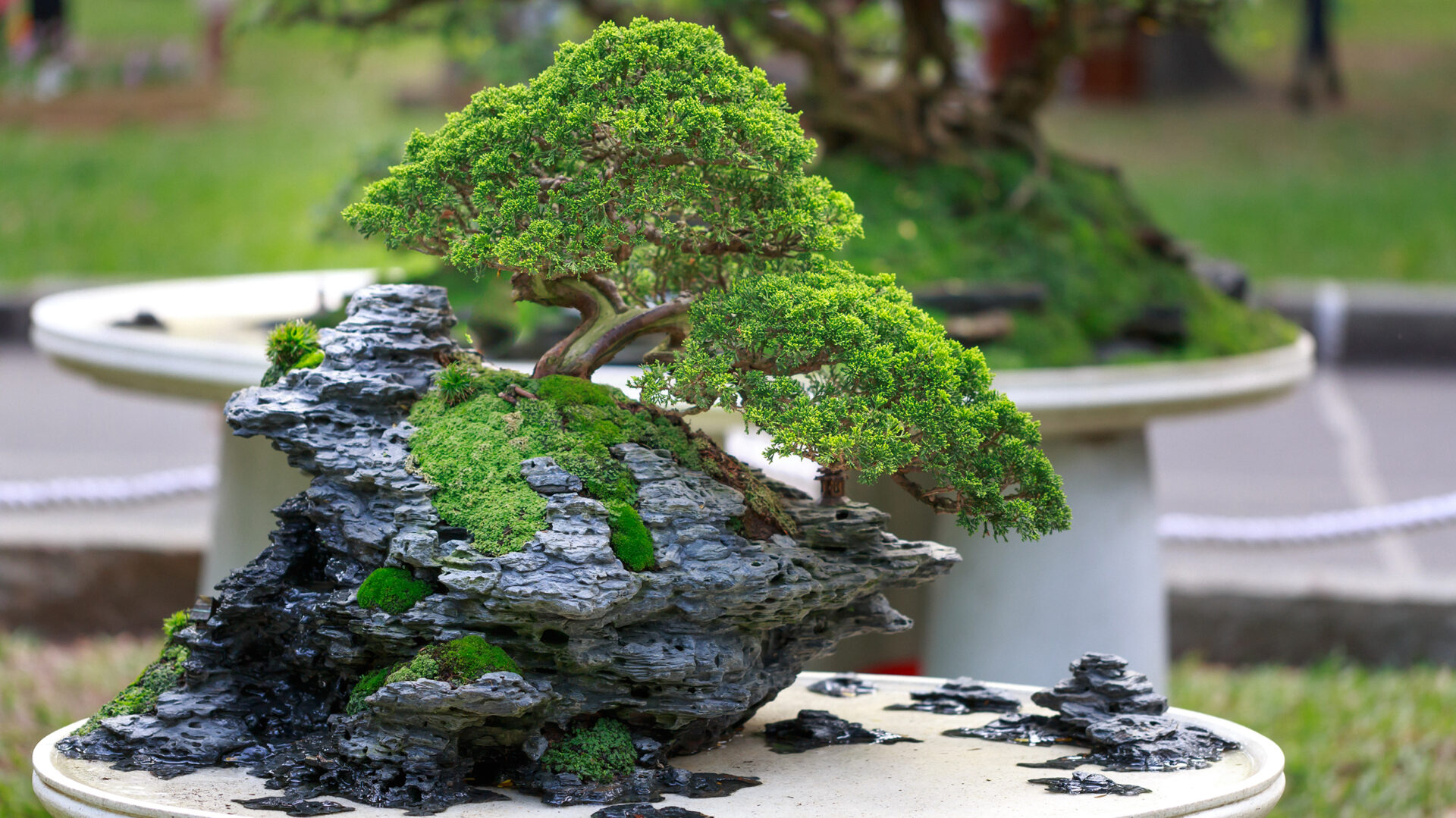Juniperus Chinensis Shimpaku var. Sargentii
Juniperus chinensis ‘Sargentii,’ commonly known as Sargent’s Chinese Juniper, is a popular evergreen shrub or small tree belonging to the Cupressaceae family. This ornamental plant is widely used in landscaping and gardening due to its attractive appearance and low maintenance requirements.
Botanical Characteristics:
Genus and Species: Juniperus chinensis
Cultivar: ‘Sargentii’
Family: Cupressaceae
Common Name: Sargent’s Chinese Juniper
Size and Growth Habit:
‘Sargentii’ typically grows as a dense, compact, and spreading shrub with a pyramidal to rounded shape.
It typically reaches a mature height of 3 to 6 feet (0.9 to 1.8 meters) and a similar spread.
Foliage:
The foliage of ‘Sargentii’ is evergreen, retaining its deep green color throughout the year.
The leaves are scale-like and tightly arranged along the stems, giving the plant a fine texture.
During the winter months, the foliage may develop a slightly bronze or purplish tint, adding to its visual appeal.
Bark:
The bark of this juniper is thin and reddish-brown when young, becoming gray and scaly as it matures.
Cones:
Like all junipers, ‘Sargentii’ produces small, berry-like cones. These cones are typically round and blue-black in color.
Sunlight Requirements:
Sargent’s Chinese Juniper thrives in full sun to partial shade. It prefers at least 6 hours of direct sunlight daily for optimal growth and foliage color.
Soil Requirements:
This juniper is adaptable to a wide range of soil types but prefers well-drained soil. It can tolerate slightly alkaline to slightly acidic soils.
Watering Needs:
Once established, ‘Sargentii’ is drought-tolerant and requires minimal watering. It is important not to overwater, as it is susceptible to root rot in consistently wet soil.
Hardiness:
This cultivar is known for its cold hardiness and can thrive in almost every zone.
Landscape Use:
‘Sargentii’ is a popular choice for landscaping and is used in a variety of ways:
It works well as a low hedge or screen due to its dense growth habit.
It can be planted as a specimen plant in gardens or used for erosion control on slopes.
Its compact size makes it suitable for small gardens and urban landscapes.
Maintenance:
This juniper requires minimal maintenance. Pruning should be done sparingly, if at all, to maintain its natural shape.
Remove any dead or diseased branches as needed.
Mulching around the base of the plant helps retain soil moisture and control weeds.
Pests and Diseases:
‘Sargentii’ is generally resistant to most pests and diseases. However, it may be susceptible to spider mites and scale insects in certain conditions.
In summary, Juniperus chinensis ‘Sargentii’ is a versatile and attractive evergreen shrub with a compact growth habit, making it a popular choice for landscaping in a variety of settings. Its low maintenance requirements and year-round visual appeal make it a valuable addition to gardens and landscapes.
Juniperus Chinensis Sargentii as Bonsai
Juniperus chinensis ‘Sargentii’ (Sargent’s Chinese Juniper) is a popular choice for bonsai enthusiasts due to its adaptability, attractive foliage, and interesting bark texture. When properly trained and cared for, it can make a stunning bonsai specimen. Here’s a guide on using Juniperus chinensis ‘Sargentii’ as a bonsai:
Selecting the Right Plant:
Choose a healthy, young juniper plant with good branch structure and desirable characteristics. Look for straight trunks and branches that are well-spaced and evenly distributed.
Pruning and Shaping:
Bonsai styling involves pruning and shaping the plant to create a miniature tree that mimics the appearance of a mature, full-sized tree.
Start by removing any dead or unhealthy branches. Then, prune back branches and foliage to create the desired shape. Use sharp bonsai pruning shears to make clean cuts.
Junipers are known for their ability to back-bud, meaning new growth can emerge from old wood, which is essential for bonsai styling. You can cut back to older wood to encourage new growth in specific areas.
Wiring:
Wiring is a common technique in bonsai to guide branches into the desired position. Use aluminum or copper bonsai wire to gently bend branches while avoiding damage.
Be cautious not to wire too tightly, as it can damage the bark and cambium layer. Monitor the growth regularly to ensure the wire is not cutting into the branches.
Repotting:
Juniperus chinensis ‘Sargentii’ should be repotted every 2-3 years to refresh the soil, promote root health, and maintain the plant’s size.
Repotting is typically done in early spring before new growth begins. Prune some of the roots and replace the soil with a well-draining bonsai mix.
Watering:
Bonsai require careful attention to watering. Junipers prefer slightly moist soil but do not like to sit in waterlogged conditions. Water thoroughly when the soil surface starts to dry but avoid keeping the soil consistently wet.
Sunlight:
Place your Juniperus chinensis ‘Sargentii’ bonsai in a location with full sun to encourage healthy growth and maintain its compact form.
Winter Protection:
Protect your bonsai from harsh winter conditions. While ‘Sargentii’ is hardy, bonsai pots and roots can be more vulnerable to freezing temperatures. Consider providing winter protection or bringing it indoors if necessary.
Fertilizing:
Use a balanced, slow-release bonsai fertilizer or a liquid fertilizer diluted to half-strength during the growing season (spring to early autumn). Reduce or stop fertilization during the dormant winter months.
Pest and Disease Management:
Regularly inspect your bonsai for pests like spider mites or scale insects. Treat any infestations promptly.
Ensure good airflow around the plant to prevent fungal issues.
Styling and Patience:
Creating a stunning bonsai takes time and patience. Continuously refine the shape and styling of your Juniperus chinensis ‘Sargentii’ bonsai as it matures.
Remember that successful bonsai cultivation requires dedication and a commitment to the art form. Juniperus chinensis ‘Sargentii’ is an excellent choice for beginners and experienced bonsai enthusiasts alike due to its adaptability and forgiving nature. With proper care and attention, you can create a beautiful and captivating miniature tree.
